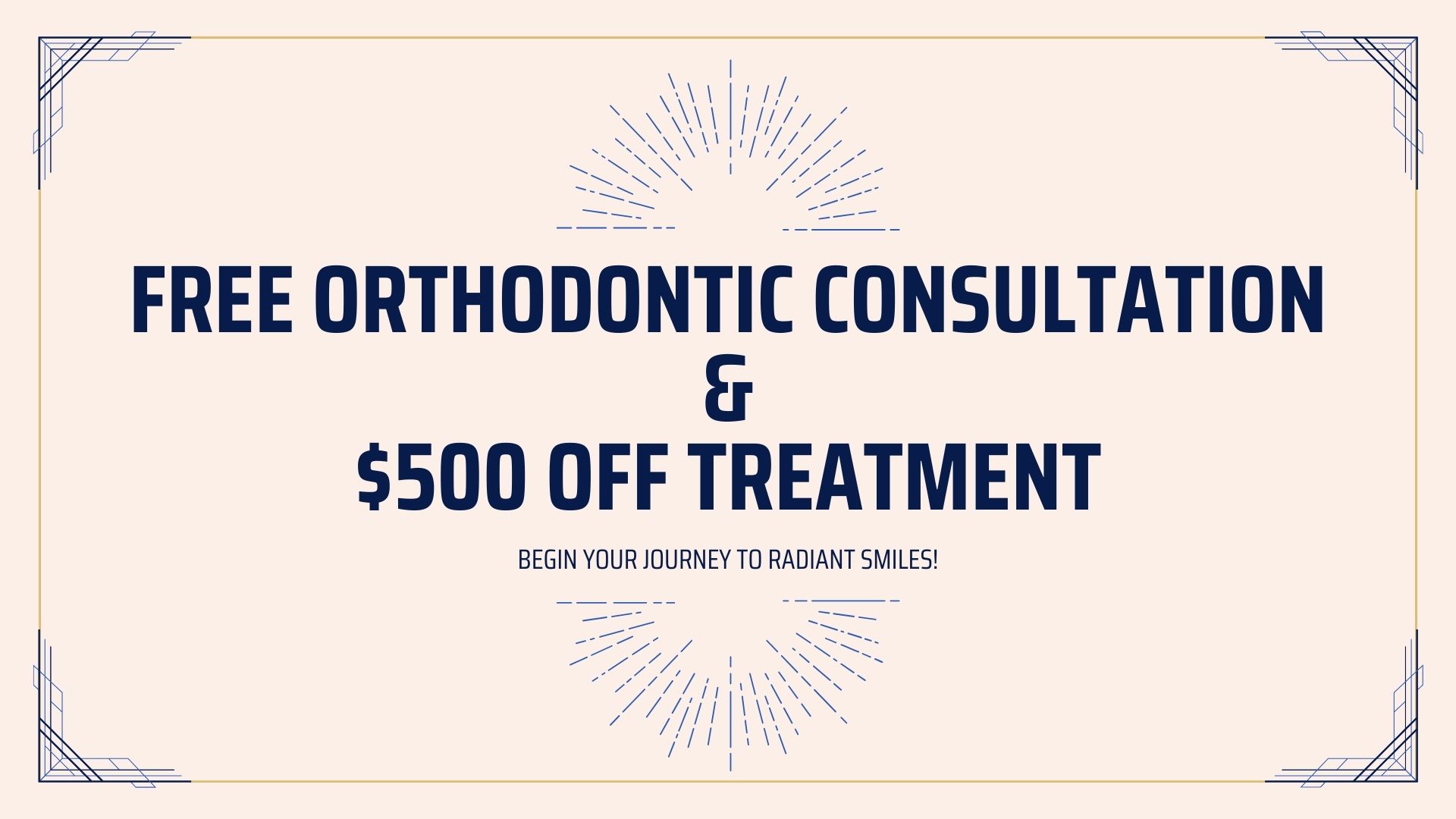Gum disease, also known as periodontal disease, is a prevalent but often overlooked oral health condition. While it may seem harmless at first, this condition can silently wreak havoc on your teeth and gums if left untreated. In this article, we will explore the various aspects of gum disease and provide valuable insights on how to prevent and combat it.
Understanding Gum Disease
Gum disease is an infection of the tissues surrounding and supporting your teeth. It typically starts with the accumulation of plaque—a sticky film of bacteria—on the teeth. When not removed through regular brushing and flossing, plaque hardens into tartar, leading to gum inflammation. This early stage of gum disease is called gingivitis.
If left untreated, gingivitis can progress to periodontitis, a more severe form of gum disease. Periodontitis damages the bones and fibers that support the teeth, causing gums to recede, forming pockets between the teeth and gums. Over time, these pockets become infected, leading to further bone and tissue loss. In extreme cases, teeth may become loose or even fall out.
The Silent Threat
Gum disease is often referred to as a silent threat because it can progress painlessly, with early warning signs easily ignored. Initially, you may experience mild symptoms such as swollen, tender, or bleeding gums. Bad breath, a persistent metallic taste, or loose teeth can also indicate the presence of gum disease.
However, many individuals dismiss these symptoms as normal or temporary issues, failing to recognize the underlying gum disease. As a result, the condition can worsen over time, leading to irreversible damage. Regular dental check-ups and professional cleanings are vital to detect and treat gum disease early on.
Causes and Risk Factors
Several factors contribute to the development of gum disease. Poor oral hygiene is the primary cause, as it allows bacteria to accumulate and multiply. Other risk factors include:
Smoking and Tobacco Use:
Smoking weakens the immune system, making it harder for the body to fight off infections, including gum disease. Additionally, tobacco use restricts blood flow to the gums, hindering their ability to heal and regenerate.
Genetics:
Some individuals may be genetically predisposed to gum disease, making them more susceptible to its development.
Hormonal Changes:
Fluctuations in hormone levels, such as those occurring during pregnancy or menopause, can increase the risk of gum disease.
Poor Nutrition:
A diet lacking in essential nutrients can weaken the immune system and make it harder for the body to fight off infections, including gum disease.
Prevention and Treatment
The good news is that gum disease is largely preventable. By following these simple steps, you can reduce your risk of developing this silent threat:
Maintain Good Oral Hygiene:
Brush your teeth at least twice a day with a fluoride toothpaste and floss daily to remove plaque and bacteria. Consider using an antiseptic mouthwash to kill bacteria that brushing and flossing may miss.
Visit Your Dentist Regularly:
Don’t skip dental check-ups and professional cleanings. Your dentist can detect early signs of gum disease and provide appropriate treatment.
Quit Smoking:
If you smoke or use tobacco products, consider quitting. This not only reduces your risk of gum disease but also has numerous other health benefits.
Eat a Balanced Diet:
Ensure your diet includes plenty of fruits, vegetables, lean proteins, and whole grains. Limit your intake of sugary snacks and beverages, as they promote plaque formation and increase the risk of gum disease.
Manage Stress:
High stress levels can weaken the immune system, making it harder for your body to fight off infections. Practice stress management techniques such as exercise, meditation, or engaging in hobbies to reduce your risk of developing gum disease.
In the event that gum disease develops, various treatment options are available depending on the severity. These may include deep cleaning procedures, medication, or in severe cases, surgery. Your dentist will discuss the most suitable treatment plan for your specific situation.
Conclusion
Gum disease is a silent threat that can have severe consequences on your oral health if not addressed timely. By understanding the causes, recognizing the symptoms, and implementing preventive measures, you can combat gum disease and safeguard your smile. Remember, a proactive approach to dental care is the key to maintaining good oral health and overall well-being.

